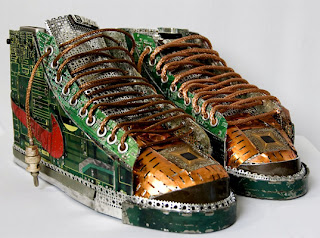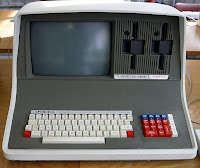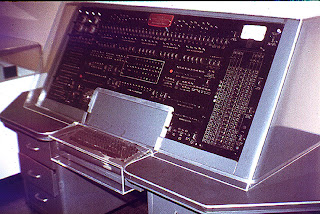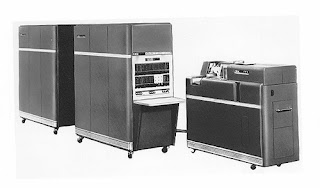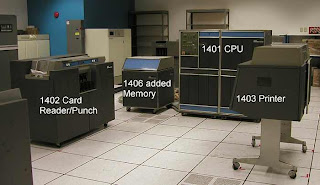Microsoft India today bagged the Randstad Award 2012 for the 'most attractive employer' in the country for the second consecutive year followed by Oracle India and Tata Consultancy Services.
The Randstad Award 2012 was also given to Volkswagen India and Nokia India as special recognitionin the auto and consumer durables industry sector, respectively.
The award, instituted globally by leading HR services provider Randstad, aims to encourage best practices and to identify the best 'employer brand' in the country.
Global research agency ICMA International surveyed 8,500 respondents from over 150 big companies in the country to find the most attractive employer.
The Randstad Award 2012 was also given to Volkswagen India and Nokia India as special recognitionin the auto and consumer durables industry sector, respectively.
The award, instituted globally by leading HR services provider Randstad, aims to encourage best practices and to identify the best 'employer brand' in the country.
Global research agency ICMA International surveyed 8,500 respondents from over 150 big companies in the country to find the most attractive employer.
"With more and more global companies entering India, we see a healthy competition not only in establishing brands but also in attracting the best skills to work for them," Randstad India Managing Director and CEO E Balaji said at the award function here.The findings clearly suggest that the uncertainty in the market still has an impact on the industry, due to which, financially healthy companies, long-term job security and competitive salary seem to be the top priority factors for the Indian workforce while choosing an employer, he added.




